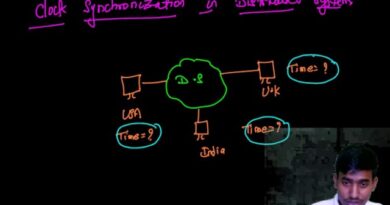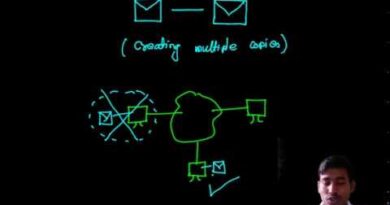Naming and Location Transparency in Distributed System-Location Transparency
Naming and Location Transparency in Distributed System-Location Transparency.
Naming and Location Transparency are key concepts in Distributed Systems that help hide the complexity of resource access and management across multiple machines. Let’s focus on Location Transparency and how it fits within this context:
🌐 Location Transparency in Distributed Systems
🔹 What is Location Transparency?
Location Transparency means that a resource (like a file, service, or device) in a distributed system can be accessed without knowing its physical or network location.
💬 In simple terms: You can use a resource without needing to know where it is.
🎯 Why Location Transparency Is Important:
-
Simplifies system usage for clients/users.
-
Enables resource migration without affecting clients.
-
Supports scalability and resource replication.
-
Improves fault tolerance by abstracting failure and relocation.
🏷️ Example:
Imagine you’re accessing a file in a distributed file system like NFS (Network File System) or Google File System:
-
Without location transparency: You need to know which server holds the file.
-
With location transparency: You just access the file via a global name (e.g.,
/shared/docs/report.pdf), and the system locates it for you.
🧭 How It Works:
-
Name resolution services (like DNS or distributed naming services) map logical names to physical addresses.
-
Middleware hides underlying server details.
-
Systems may use location-independent identifiers (e.g., object IDs).
🧱 Types of Transparency in Distributed Systems (for context):
| Type | Description |
|---|---|
| Access Transparency | Hide differences in data representation or access methods |
| Location Transparency | Hide the physical location of resources |
| Migration Transparency | Allow resources to move without changing their names |
| Replication Transparency | Hide the fact that resources are replicated |
| Concurrency Transparency | Manage multiple users accessing the same resource |
| Failure Transparency | Hide failures and allow recovery |
📌 In Summary:
Location Transparency helps make distributed systems easier to use, maintain, and scale by hiding the actual location of resources from the user.
Would you like a diagram to illustrate this, or a PowerPoint slide format for presentation use?



